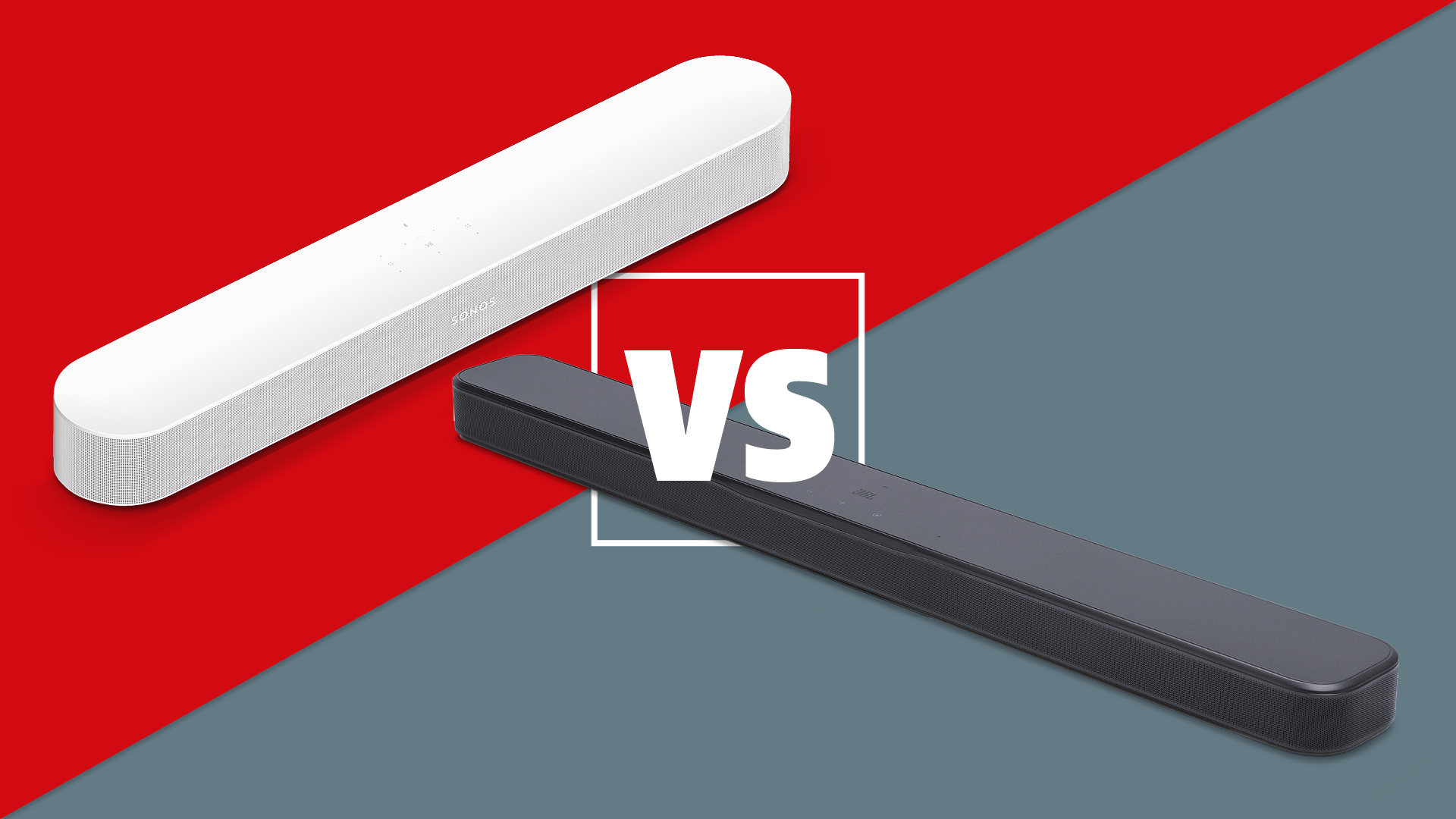The ideal home cinema sound system may not be what you think it is
It is possible to combine great sound and domestic bliss
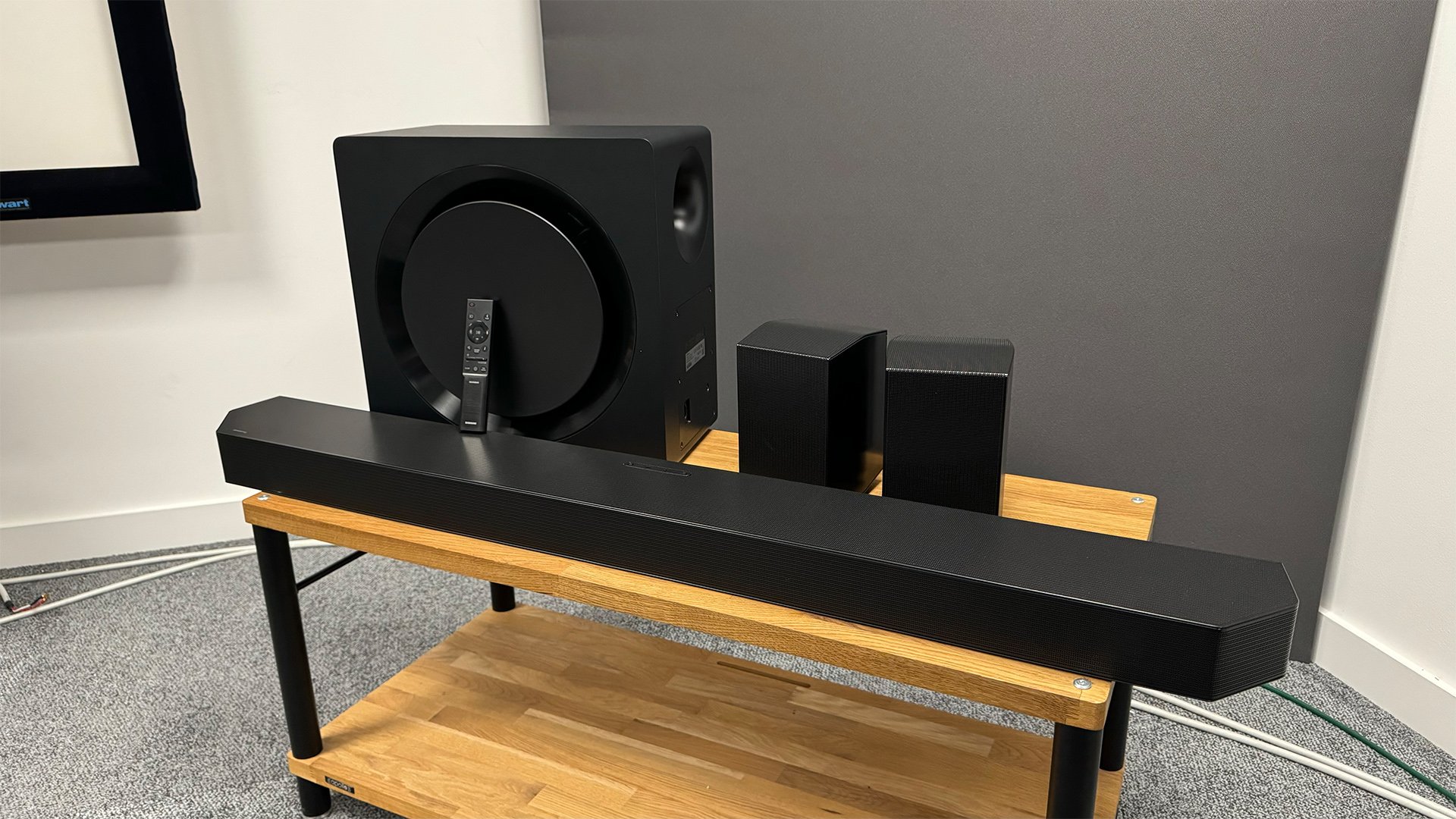
What is the ideal home cinema system? The answer to that question isn’t as straightforward as you might think. The wishlist on the sound side of things is pretty easy to come up with. I’m pretty confident that for anyone reading What Hi-Fi? it will be something that puts them in the centre of the action. A sound that captures the scale and power of an epic space battle yet has the subtlety to deliver the passion of an emotional conversation. Want specifics?
Nobody would say no to lots of detail and expressive dynamics, so those are a given. Bass? Yes, and loads of it, but it should be taut, agile and articulate. Of course, we should not let the practicalities of having neighbours intrude on our choices at this point. That would spoil the fun.
However, It is in the practicalities where consensus is harder to reach. Some will be happy to tread the purist route: full-size speakers all around (including on the ceiling) along with multiple subwoofers to get that free-flowing powerful bass we all love. They will be willing to find space for a traditional AV receiver as well as the spaghetti of cabling that is invariably part and parcel of such a setup. I salute these people, as it isn’t easy to accommodate so much equipment into a domestic living space that also doubles as a home for others.
Given enough budget (or a lottery windfall), I suspect many would be tempted by one of those neat installs you see in glossy interior decoration magazines. You know, the ones where the speakers are built into the walls and all the equipment and cabling neatly hidden away. But, that kind of expense isn’t within the reach of many.
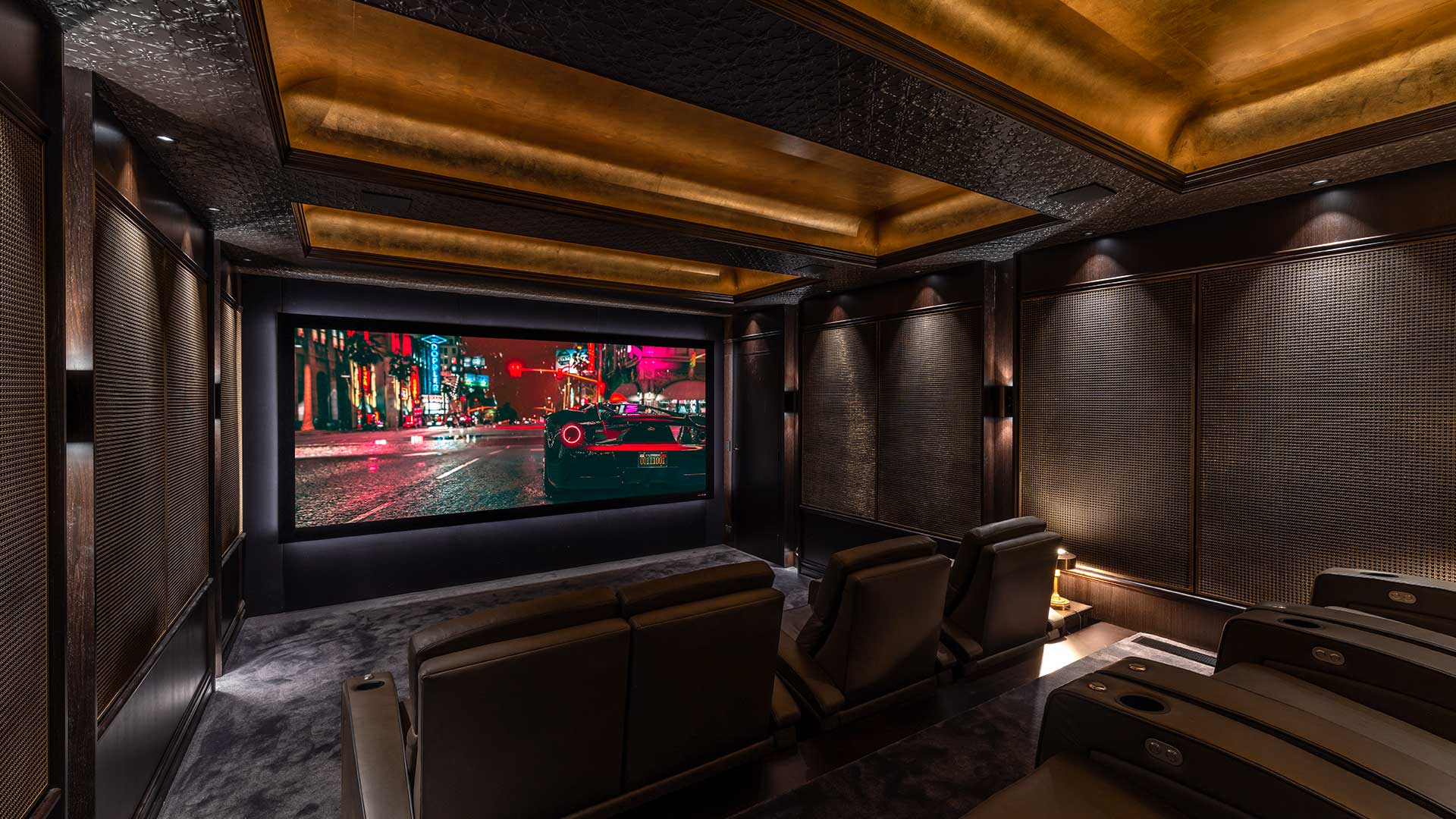
I suspect that most people wouldn’t or couldn’t consider the separates approach whether on the grounds of practicality, clutter or cost. And there isn’t anything wrong with that. For those people, the majority of the people reading this column I suspect, it is the humble soundbar that is likely to hold the most appeal if they want to improve the audio from their TV.
I remember hearing the original Yamaha YSP-1 in 2004, the first soundbar What Hi-Fi? ever tested, and thinking that the concept was the perfect TV sound solution for most households. We saw it as a complete home cinema sound system in a single, easy-to-accommodate box that slotted in below your flatscreen. It didn’t cost anywhere near as much as a dedicated separates system either.
In many ways, soundbars have lived up to that billing. The best of the breed, the Sennheiser Ambeo Max and the Sonos Arc come to mind, deliver a combination of insight, dynamics and authority that can thrill on a suitable soundtrack. Sure, a carefully-assembled separates set-up will give you even more, but it will cost more too, in terms of money, space and clutter.
The latest hi-fi, home cinema and tech news, reviews, buying advice and deals, direct to your inbox.
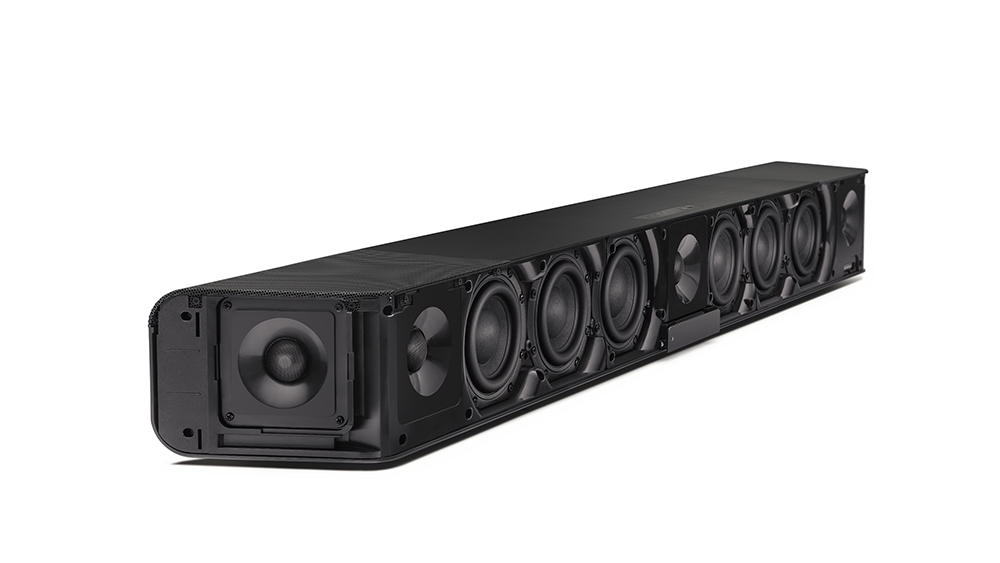
However, despite clever processing and angled drive units, these stand-alone soundbars can’t deliver true surround sound. That ability to pan sounds all the way around (or above) you in an utterly seamless way just isn’t available. While we are picking holes, these solo soundbars aren’t able to delve into the lows with the muscle and weight we crave either.
Things are changing though. We have recently reviewed a series of soundbar packages where dedicated properly designed subwoofers and wireless surrounds are part of the deal. I've noticed that the standard of such subwoofers has increased significantly, and they now track bass and integrate with the soundbar in an utterly seamless way.
The surrounds? They are typically wireless and so are easy to install. Also, quite obviously, they fill in the soundfield behind and (depending on design) above to truly immerse the listener. Some are even battery-powered, and so don’t even need to be positioned close to a mains socket to work.
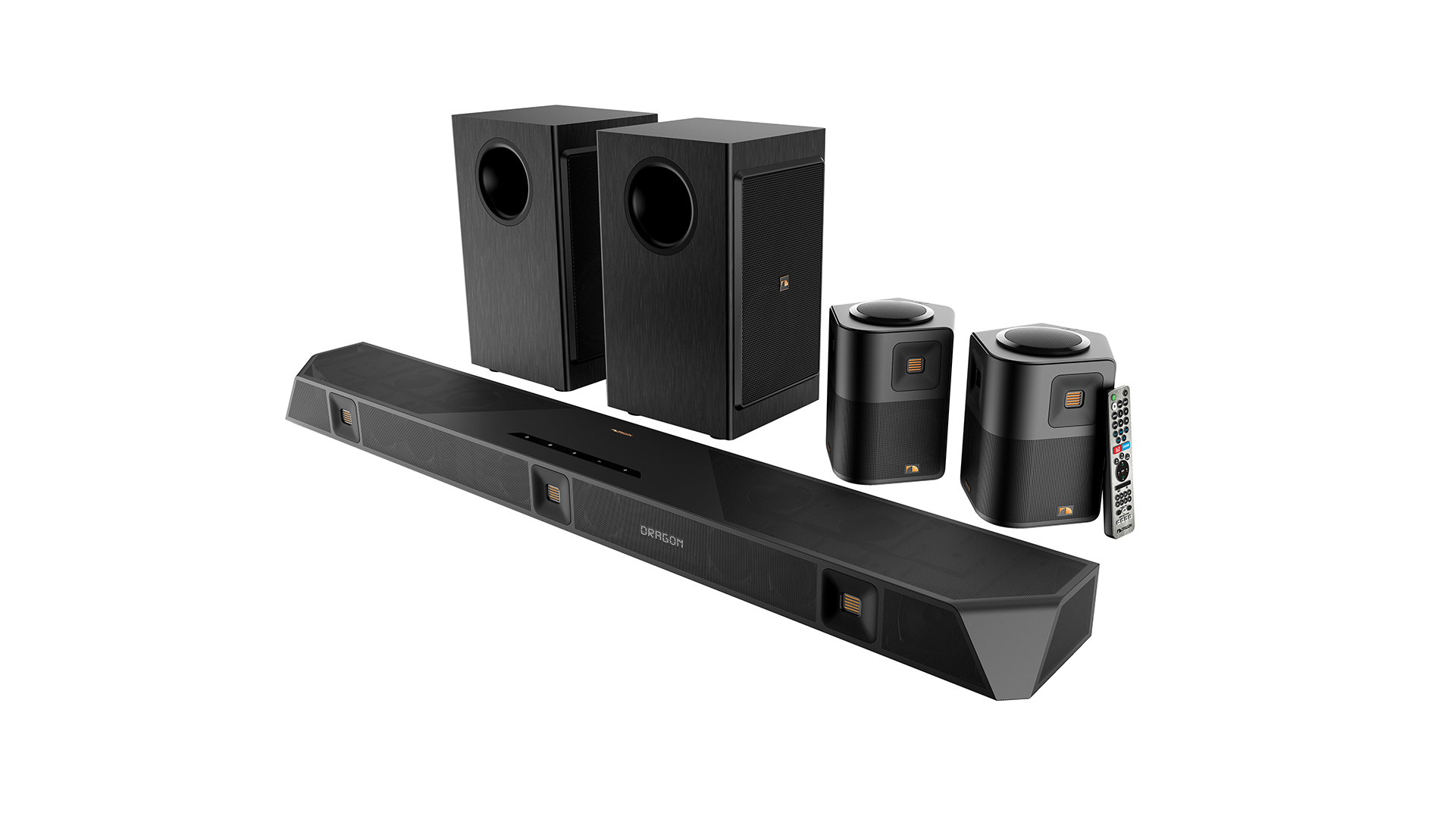
We have tested a number of these packages recently from the high-end Nakamichi Dragon ($4200 / $3900 / AU$7600) with its 31 drive units and 3kW power output to more low-key options such as the five-star Samsung HW-Q990D (£1699 / $1400 / AU$1999) and the smaller, but almost as talented Yamaha True X package (£1099 / $949 / AU$1599). They have not all been flawless, but the benefits of combining a soundbar with a pair of small wireless surrounds and a dedicated subwoofer are still obvious.
I have come to think of them as products that combine much of the sound and surround abilities of proper separates home cinema sound systems with almost all the neatness of a typical solo soundbar at a much lower price.
That, in my view, makes them arguably the perfect sensibly-priced home cinema solution for most. Great sound, convincing surround, neatness and ease of use: what more could anyone want?
MORE:
The best of the bunch: here's our Samsung Q990D review
These are the best Dolby Atmos soundbars you can buy right now
Here are the best Dolby Atmos movies of the decade so far

Ketan Bharadia is the Technical Editor of What Hi-Fi? He has been reviewing hi-fi, TV and home cinema equipment for almost three decades and has covered thousands of products over that time. Ketan works across the What Hi-Fi? brand including the website and magazine. His background is based in electronic and mechanical engineering.
